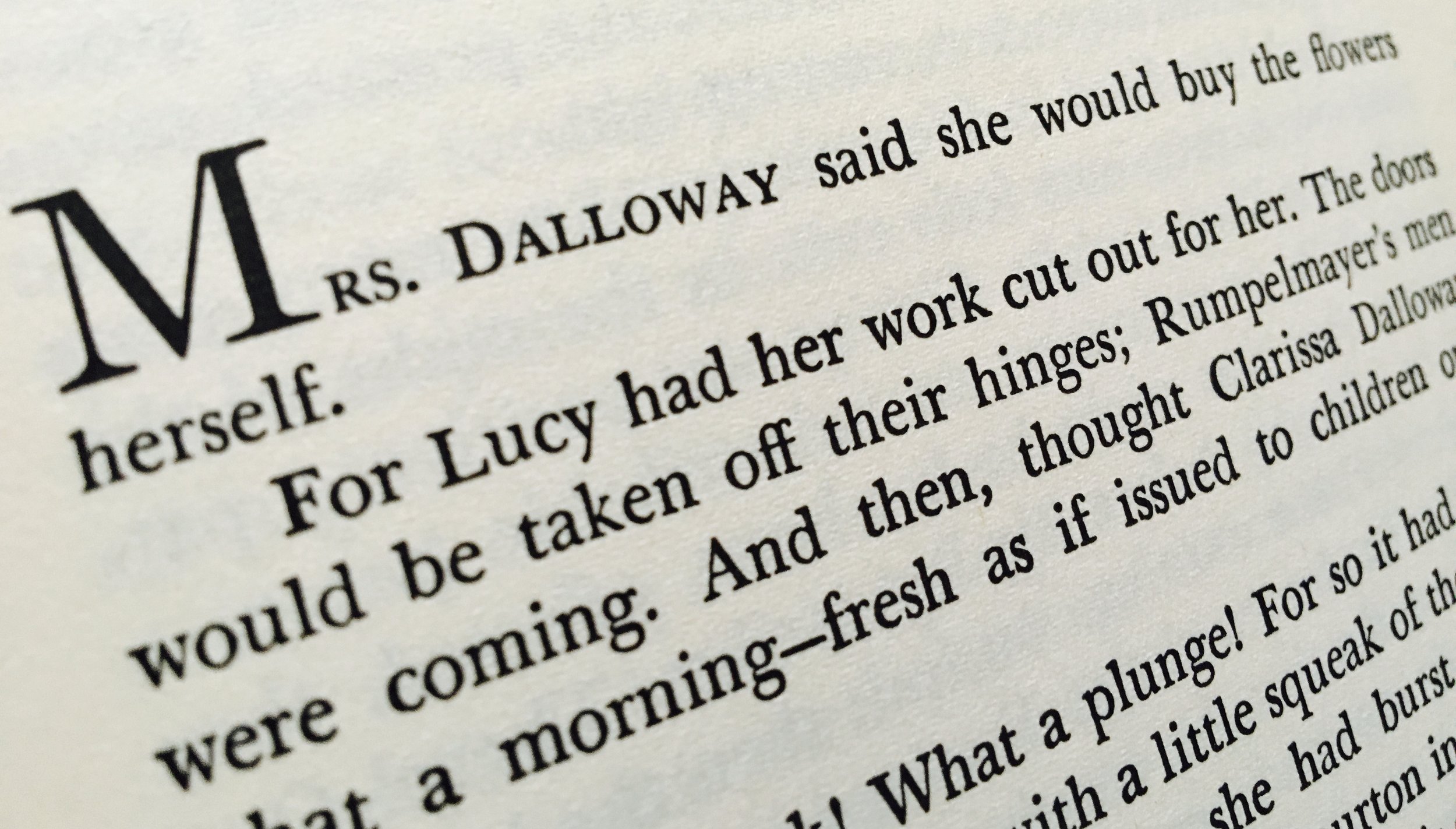Original image of Yujia Shen at the Diastole Scholars Center by There Stands the Glass.
The accompanying image of Yujia Shen at Diastole Scholars’ Center encapsulates my year. Classical violin (and piano) provided default ambience throughout 2023. By arriving early and through financial outlays, I claimed spots up front at dozens of concerts. The books in the room are also meaningful. My evenings were devoted to reading when I wasn’t attending performances.
1. Hilary Hahn at the Folly Theater
My review.
2. The Smile and Robert Stillman at the Midland Theatre
My review.
3. Kassa Overall and Omari Jazz at Mississippi Studios (Portland)
My Instagram clip.
4. Samara Joy at the Folly Theater
My review.
5. The Metropolitan Opera’s Tannhäuser at Lincoln Center (New York City)
My review.
6. András Schiff at Helzberg Hall
My review.
7. Mike Dillon and Brian Haas at the Brick
My review.
8. Yujia Shen at Diastole Scholars’ Center
My review.
9. Jake Blount at the Folk Alliance International Conference
My review.
10. RP Boo, DJ Alphabeta and Whorxata at the Encore Room
My review.
11. Pretty Yende at the Folly Theater
My review.
12. Adam Larson, Matt Clohesy and Jimmy Macbride at Westport Coffee House
My Instagram clip.
13. Tim Bernardes at Mississippi Studios (Portland)
My review.
14. UMKC Opera’s Proving Up at Spencer Theatre
My review.
15. Bill Frisell, Greg Tardy, Gerald Clayton and Johnathan Blake at the 1900 Building
My review.
16. Boston Camerata’s Dido & Aeneas at Community Christian Church
My Instagram photo.
17. Hermon Mehari Quartet at the Folly Theater
My review.
18. Off!, Upchuck and Weaponize Chomsky at the recordBar
My Instagram clip.
19. Thomas Rosenkranz at White Recital Hall
My review.
20. Juan Diego Flórez at the Folly Theater
My review.
21. Devin Gray, Maria Elena Silva and the Extemporaneous Music and Arts Society at Firehouse Gallery
My review.
22. DJ Lucas, Papo2oo4 and Subjxct 5, Lil Heavn, Paris Williams and N1n4 Freakqncy at Farewell
My review.
23. Thee Sinseers, the Altons and Alanna Royale at Lemonade Park
My review.
24. Willi Carlisle and Betse & Clarke at Knuckleheads
My Instagram snapshot.
25. CRAG Quartet, Joshua Gerowitz and the Extemporaneous Music and Arts Society at the Bunker
My review.
26. Artemis at the Gem Theater
My review.
27. Queens of the Stone Age, Viagra Boys and Jehnny Beth at Starlight Theatre
My review.
28. Rafael Lozano-Hemmer’s Listening Forest at Crystal Bridges (Bentonville)
My Instagram clip.
29. Miguel Zenón Quartet at the Folly Theater
My review.
30. Bob Weir at Louisville Palace (Louisville)
My review.
31. Bonnie “Prince” Billy and Michael Hurley at the Aladdin Theater (Portland)
My review.
32. Christian McBride, Benny Green and Gregory Hutchinson at the Village Vanguard (New York City)
My review.
33. Rod Fleeman Trio at Green Lady Lounge
My Instagram clip.
34. Nickel Creek and Gaby Moreno at Muriel Kauffman Theatre
My review.
35. Alien Nosejob, Citric Dummies and CKrit at Howdy
My review.
36. Danielle Nicole and Katy Guillen and the Drive at the Uptown Theater
My Instagram snapshot.
37. Pat Metheny’s SideEye at Muriel Kauffman Theatre
My review.
38. Janet Jackson and Ludacris at the T-Mobile Center
My Instagram snapshot.
39. Big Freedia at Boulevardia
My Instagram clip.
40. Jean-Yves Thibaudet at the Folly Theater
My Instagram snapshot.
41. Parker Quartet at Polsky Theatre
My review.
42. Eugene Friesen and Henrique Eisenmann at the 1900 Building
My review.
43. Chalis O’Neal at the Blue Room
My Instagram clip.
44. Booker T. Jones at the Folly Theater
My Instagram clip.
45. Rob Magill and Marshall Trammell, the Extemporaneous Music and Arts Society and Alber at Farewell
My review.
46. The Salvation Choir at Theis Park
My Instagram clip.
47. Hot Chip and Cadence Weapon at Wonder Ballroom (Portland)
My Instagram clip.
48. Randy Porter, Tom Wakeling and Todd Strait at the 1905 (Portland)
My review.
49. John Mellencamp at the Midland Theatre
My Instagram clip.
50 Kentucky Opera’s Cinderella at W.L. Lyons Brown Theatre (Louisville)
My Instagram snapshot.
There Stands the Glass’ top albums and songs of 2023 are listed here.
Last year’s concert rankings are here.






